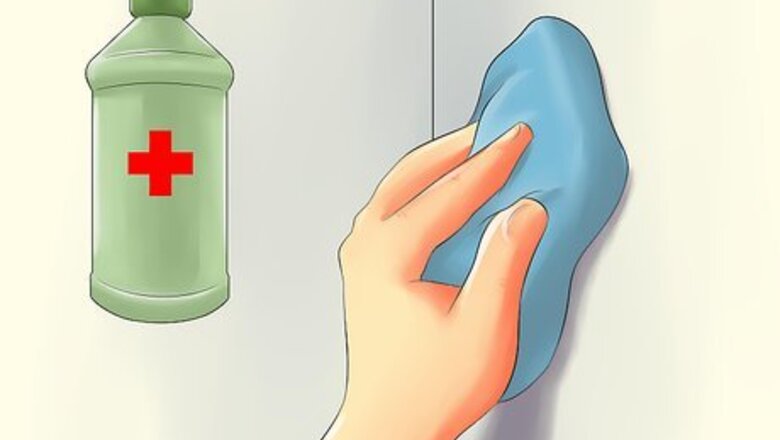
views
Using Chemical Disinfectants to Kill Aspergillus Niger
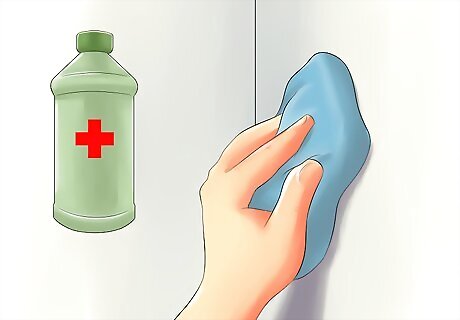
Use alcohol to disinfect surfaces. A 70% alcohol solution is an effective way to kill Aspergillus. Alcohol is an effective fungicide because it is able to penetrate the cell walls and spores of Aspergillus niger, killing it in the process. To use alcohol, apply a liberal amount of a 70% solution to all visible areas of fungus, and let it sit for ten minutes. After 10 minutes of contact time with alcohol, you can wipe the treated area clean and dry it with a clean rag, cloth, or mop. Alcohol is safe for use in the home and in most settings, bearing in mind its highly flammable property. Make sure to avoid using it near any flame or fire source.
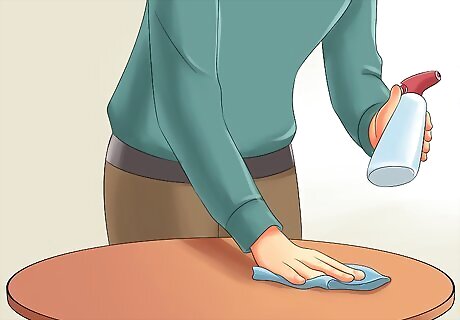
Apply phenols. Use phenols, a class of chemical disinfectant that is usually found in mouthwashes, scrub soaps, and surface disinfectants, to kill Aspergillus spores. Phenols become good fungicidal agents at a concentration of 0.4% to 0.5%, because this concentration allows phenols to seep into the core of the fungus’s cell wall and spores, eventually killing it. Phenols can be applied liberally to any surface where you suspect that Aspergillus niger colonies are thriving. Let the phenols sit for about 20 minutes of contact time, then wipe the treated area clean, and dry it with a clean rag, cloth, mop, or another preferred method. However, use phenols with caution if you have infants because it is toxic to them. For adults, phenols are generally safe, but long term exposure can cause skin irritations.
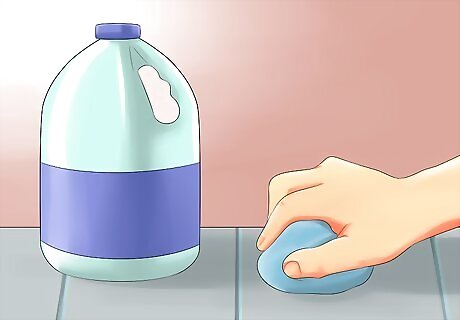
Try hypochlorite. Hypochlorite is a chemical disinfectant with a chlorine base and a 1% chlorine solution that is known to rapidly inactivate fungus such as Aspergillus niger. A concentrations of 4-6% of hypochlorite, found in household bleach, not only inhibits the growth of molds, but also kills fungal colonies of Aspergillus niger. A 4-6% hypochlorite solution can be diluted with water in a 1:50 ratio for general surface disinfection and left to dry on the surface. For surfaces that are visibly infected with Aspergillus niger, an undiluted 4-6% solution is ideal to kill the mold. If it is applied in an adequate amount, a contact time of 5-10 minutes can immediately kill Aspergillus niger. After application, the disinfected area can be left to dry or can be wiped clean with a clean rag, cloth, or mop. Note that hypochlorite can cause skin irritations and produces toxic fumes when combined with ammonium compounds or an acid.
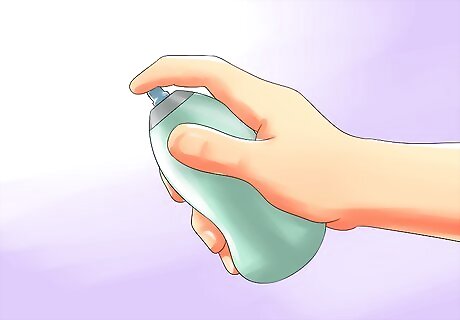
Use aldehydes. Aldehyde is a group of chemical disinfectant that is commercially available as a 2% solution of glutaraldehyde. This substance is used for high strength disinfection and has great fungicidal effects, as it can destroy the fungus and its spores in a very short period of time. Aldehydes can kill Aspergillus niger with a contact time of around 5 minutes. Wipe down and dry the area treated with aldehyde with a clean rag, cloth, mop or any method you prefer. Unfortunately, long term exposure and contact with this compound is discouraged, because glutaraldehyde is highly carcinogenic.
Seeking Medical Treatment for an Aspergillus Niger Infection
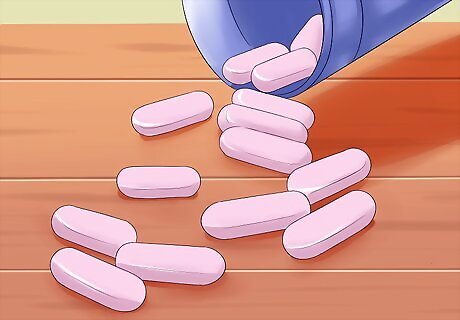
Get a prescription for voriconazole. Voriconazole fights fungal infections that occur anywhere in the body. It is an effective medication against A.niger, though it can also kill many other species of fungi. It kills fungi by eradicating their fungal cell walls. The usual voriconazole prescription is generally one 200 milligram (mg) each day, for 7 to 14 days. The length of treatment depends on the severity of the infection.
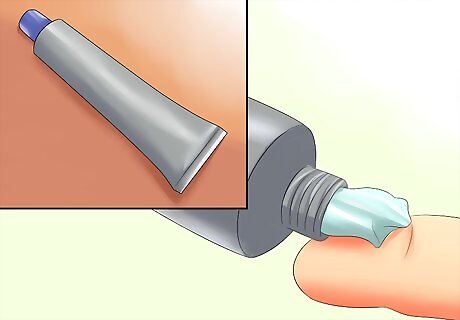
Try taking amphotericin B. This is another class of antifungal medication that is effective for treatment against Aspergillus niger. It causes the fungal cell wall of Aspergillus niger to burst, thereby killing it. It also deprives Aspergillus niger of electrolytes and nutrients, which can also lead to fungal death. Amphotericin B is usually available in cream and in ointment form. The cream or ointment is applied topically to any wound or cut infected with A.niger.
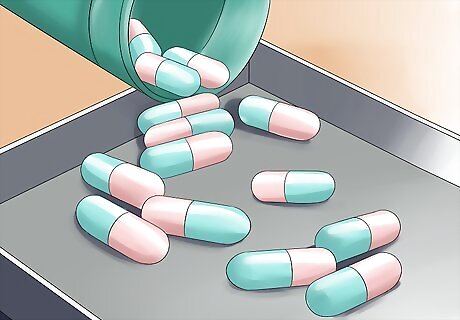
Talk to your doctor about itraconazole. This is another antifungal agent that is similar to voriconazole. However, its method of killing the fungus is different; itraconazole inhibits enzymes in the fungus that help it to grow, metabolize, and reproduce, which results in the death of the fungus. It is available in capsule form. The usual prescription is generally 200 to 400 mg, twice a day for seven days.
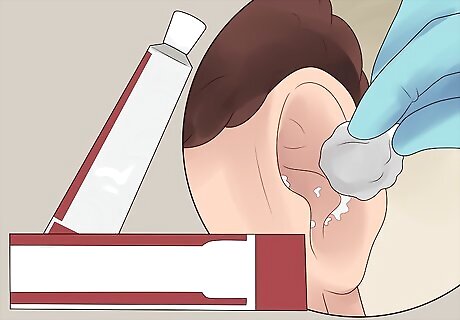
Treat an ear canal infection caused by A.niger. This sort of ear infection is called otomycosis. Mold grows in the external canal and in the epithelium of the ear. The mold is black in color and easy to spot. Your doctor will treat this infection by first scraping away the mold, and then applying a topical antibiotic. Clotrimazole is generally the go-to topical cream for this infection. It is a 1% otic cream that can be applied to your ear four times a day.
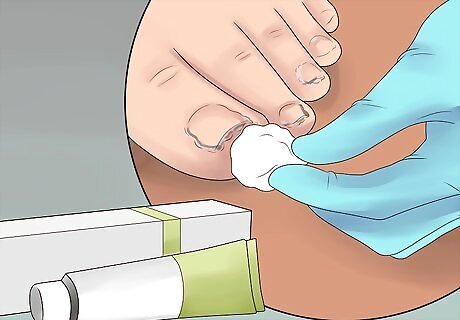
Use antifungal creams to treat a nail infected with A.niger. Onychomycosis, or nail infection, can be also caused by A. niger. [2] Although it is very rare, A. niger can cause a chronic infection that responds poorly to regular treatment. However, this condition can also be caused by other fungi, so it is important to have a fungal culture done to determine which fungus is causing this infection. Topical antifungal treatments include Ciclopirox Olamine, an 8% solution, and difenoconazole, a 10% solution.
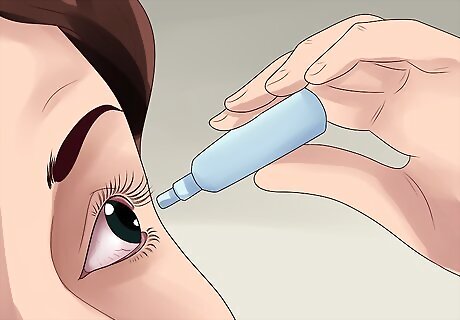
Use antifungal eye drops to treat a cornea infected with A.niger. Keratitis is a condition in which the cornea of the eye becomes infected by A. niger. This infection can occur after eye surgery and other surgical procedures, though it is a very rare condition. Treating keratitis caused by this fungus involves topical treatment. Amphotericin B or Natamycin eye drops are generally prescribed for this specific infection. These eye drops are usually administered hourly.
Using Unverified Natural Remedies
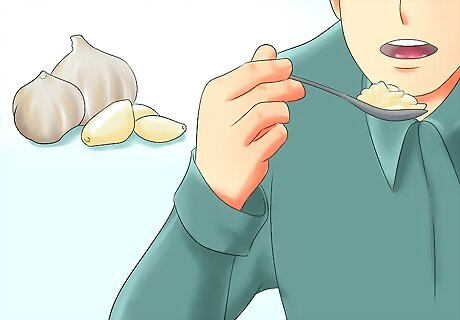
Use garlic cloves. Raw garlic is an antifungal, and can be used to kill Aspergillus niger. Raw garlic contains allicin, a natural compound that has strong antifungal properties and can kill a wide variety of fungus, including Aspergillus niger. Eat 2-3 raw garlic cloves every meal to sufficiently treat Aspergillus niger. You can also take garlic as a non-odorous capsule three times a day. It's fungicidal effects become apparent when the allicin is absorbed by your stomach and intestines, and then into your bloodstream.
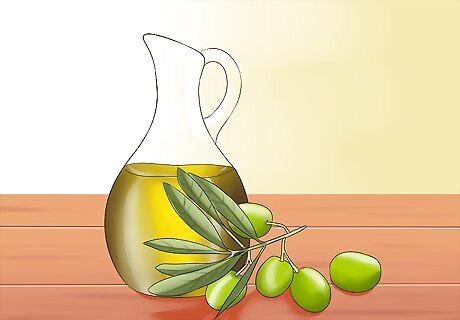
Try olive oil or extract. Olive oil contains a strong antifungal compound, derived from olives, called oleuropein. Oleuropein is a strong agent against fungus like Aspergillus niger. Olives are special as an antifungal agent because instead of killing Aspergillus niger immediately, the oleuropein first disrupts the reproductive ability of the fungus. This quickly halts the spread of Aspergillus niger. Then, it cuts off the food supply of the fungus, eradicating Aspergillus niger. Olive oil can be taken orally, by mixing it with your food, or as a topical treatment on skin wounds. A safe and effective intake of olive oil is 25 to 40 mL in a day.
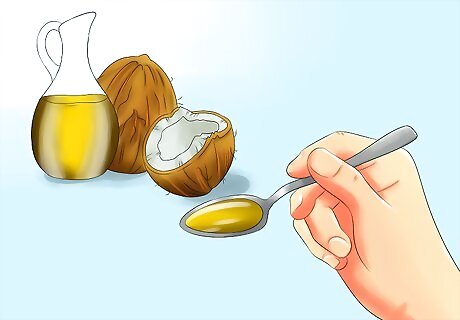
Use coconut oil. Coconut oil contains lauric, capric, and caprylic acids, which have potent antifungal characteristics. Regular intake of coconut oil also acts as a mild natural laxative that can kill and flush out Aspergillus niger in your digestive system. A recommended antifungal dose of coconut oil is 3 - 6 tablespoons a day or 45 – 90 mL of coconut oil integrated in your food as part of your diet.



















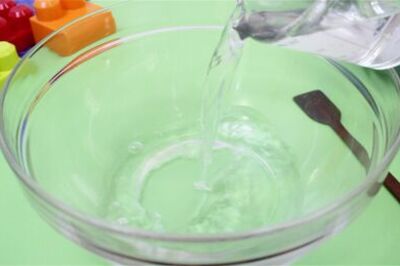
Comments
0 comment